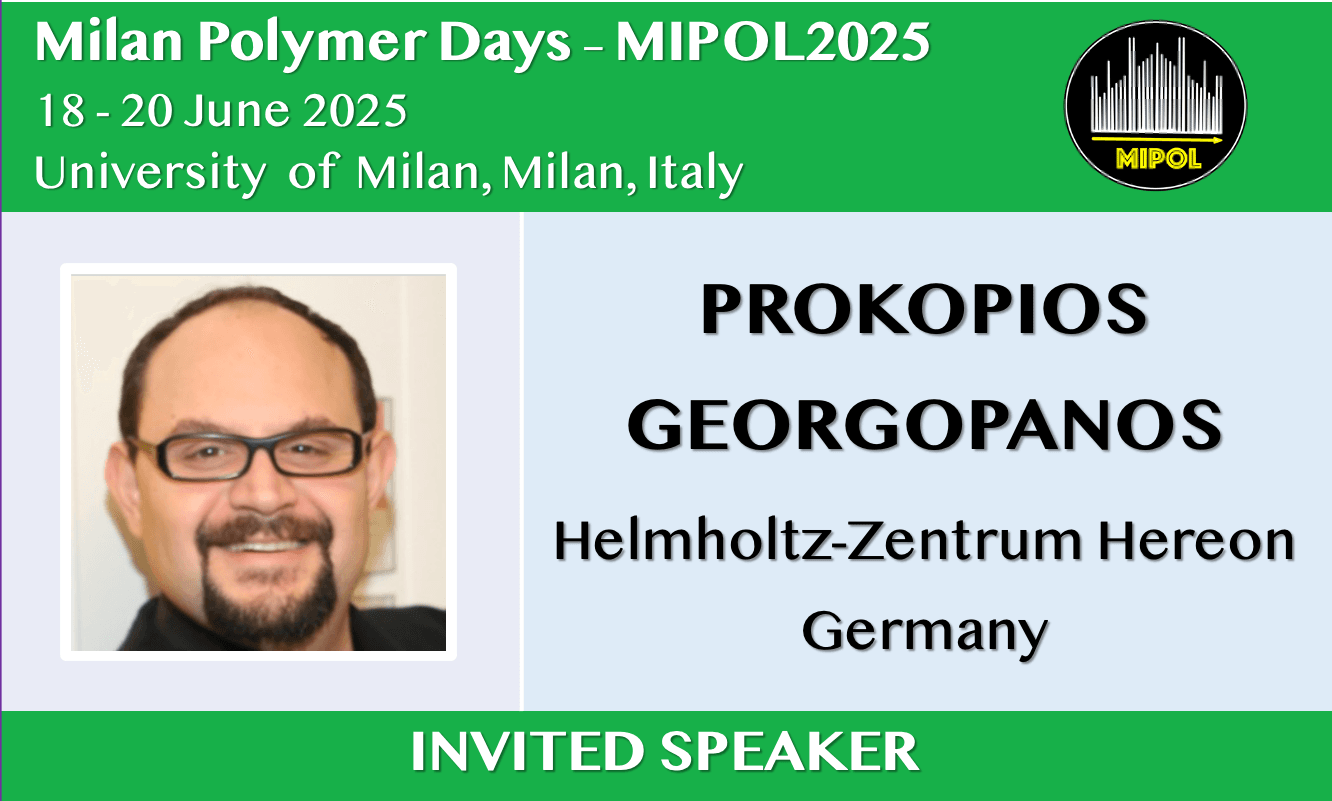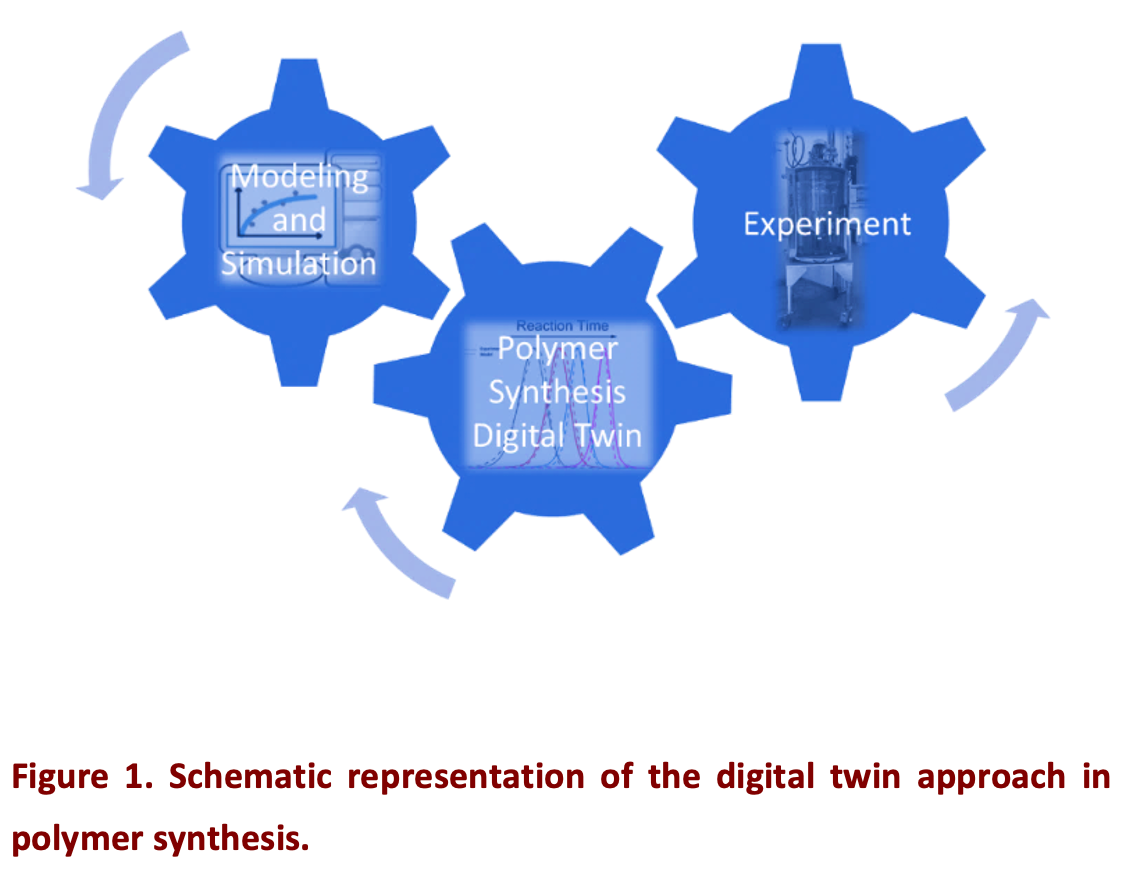Sustainable polymer synthesis supported by digital twins for composite and membrane applications
Abstract

Polymers have uses everywhere in our everyday lives. Their laboratory synthesis was, until recently, based almost exclusively on doing numerous trial experiments to determine the ideal process parameters in order to produce a polymer with the necessary characteristics (such as molecular weight, dispersity, architecture, etc.) for subsequent applications [1, 2]. It is now more important than ever to integrate experimental work with digitalization, or modeling and simulation, to become more efficient and sustainable while also consuming fewer raw materials and producing less waste. Digitalization of the way of polymer synthesis offers an alternative way to establish more efficient processes. Typically, this includes kinetic modeling and experimental design. Our research on digital twins in polymer synthesis (Fig. 1) tackles the problem of being efficient and sustainable both in the laboratory and during the process of scaling up. Modelling and simulation have been used in a range of controlled polymerization techniques, from synthesis in continuous flow reactors [3], large batch reactors, as well as on laboratory-scale glass vials. Examples of these techniques include anionic polymerization and reversible addition-fragmentation chain transfer polymerization [4-8], while just recently, polycondensation reaction was also described for a scale-up process. [9] Critical synthesis parameters, such as the concentration, the experimental temperature, the external heating applied and the specific parameters of each process, such as the flow speed in case of use of continuous flow reactors or the type of stirrer used in batch reactors, could all be assessed and provide a deeper inside into the process. By using the digital twin methodology, these factors were implemented into actual studies in the laboratory on both smaller and larger scales. Important process parameters that affect the safety of the synthesis were also considered, indicating how the polymer production could be accompanied by fewer risks. This work indicates that it is possible to follow a more effective way to produce polymers more efficiently and sustainably with the desired qualities, regardless of the chemistry used and the final application of the material.

References
- K. Nieswandt, P. Georgopanos, M. Held, E. Sperling, V. Abetz Polymers 2023, 14, 62.
- J. Schymura, M. Held, P. Georgopanos Macromol. Chem. Phys. 2023, 15, 2300119.
- F. Kandelhard, K. Schuldt, J. Schymura, P. Georgopanos, V. Abetz Macromol. React. Eng. 2021, 15, 2000058.
- F. Kandelhard, P. Georgopanos Ind. Eng. Chem. Res. 2021, 60, 30, 11373.
- E. Pashayev, F. Kandelhard, P. Georgopanos Macromol. React. Eng. 2022, 15, 2000058.
- F. Kandelhard and P. Georgopanos Chem. Ing. Tech. 2023, 95, 754.
- F. Kandelhard, E. Pashayev, J. Schymura, P. Georgopanos Ind. Eng. Chem. Res. 2023, 62, 22.
- E. Pashayev, F. Kandelhard, P. Georgopanos Polymers 2025, 17, 1115.
- F. Kandelhard, S. Neumann, K. Lützow, V. Filiz, P. Georgopanos Adv. Funct. Mat. 2025, 35, 2413358.
Acknowledgments
Dr. Felix Kandelhard, Mrs. Juliane Schymura, Mr. Emil Pashayev, Dr. Maryam Moradi, Mr. Fan Yang, Mrs. Maren Brinkmann and Mr. Silvio Neumann are gratefully acknowledged for their continuous support, contributions and collaboration on the realization of this work. Funding from the BMBF Project HyPoKo and the Helmholtz Association via the Project Dacstore is also thankfully acknowledged.